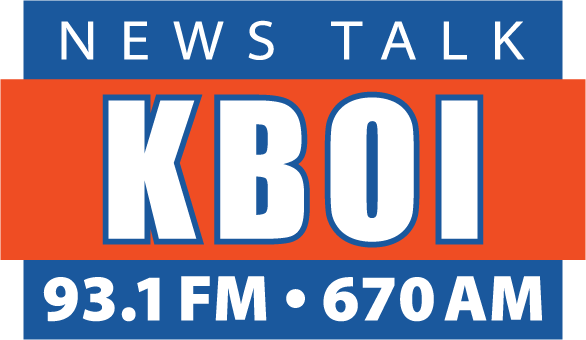I checked out Pro Football Reference dot com to find a list of San Jose State University football players who have gone on to the NFL, and I was reasonably impressed. There were a couple of longtime NFL quarterbacks, Jeff Garcia and Steve DeBerg. There were some familiar names who played defensive back at San Jose State, including Louis Wright, Gill Byrd and Dwight Lowery. There were wide receivers like Art Powell of the Eagles, James Jones of the Packers and Mervyn Fernandez of the Raiders. There was Kim Bokamper of the Dolphins’ “Killer Bees” in the early 80’s, 14-year kicker Joe Nedney, Bronco runningback Gerald Willhite and more than 120 others.
Some of the alums didn’t stay in the NFL very long. I checked that list and found one familiar name I didn’t expect to see. That player was Tommie Smith. According to the NFL stats, Tommie Smith played in two games for the Cincinnati Bengals in 1969 and caught a total of one pass, which went for 41 yards. That’s a great play, but it represents the only time Tommie Smith touched a football in an NFL game. You’re never going to see him in the NFL Hall of Fame, but it probably doesn’t matter to him, because he’s already a member of the National Track and Field Hall of Fame, and he’s the central focus of one of the most iconic photographs of the 20th century.
Tommie Smith was primarily a sprinter at San Jose State, and he was part of their great track teams in the mid 60’s. In 1966 he set a world record in the 200 meters at 19.5 seconds, and the record wasn’t broken until 44 years later, in 2010, by Tyson Gay.
In 1968, Smith and San Jose State teammate John Carlos both made the olympic team and participated in the games in Mexico City. In the 200 meters, Smith won the gold medal. Peter Norman of Australia finished second for the silver medal, and John Carlos came in third to win the bronze. The award ceremony took place shortly after the race. As the national anthem played, Smith raised his right fist, covered with a black glove, to the sky. Carlos raised his left fist.
As people around the world were protesting apartheid in South Africa and racial segregation in the United States, the crowd in the stands recognized that Smith and Carlos were both displaying the black power salute commonly used by the Black Panther Party in the U.S. The crowd booed until the two athletes left the field. They were then kicked out of the Olympic Village by International Olympic Committee chairman Avery Brundage and were forced by the U.S. Olympic Committee to find their own way home. This despite the fact that during his time as head of the U.S. Olympic Committee, Brundage had raised not one single objection to the Nazi salutes of the German athletes during the games of 1936.
Norman, the third man on the podium, was later villified in Australia. He hadn’t raised his fist, but during the ceremony he wore the badge of the Olympic Project for Human Rights, as did Smith and Carlos. The two Americans were also barefoot to protest poverty and wearing beads as a protest against lynchings.
Smith and Carlos each became symbols of the anti-segregation movement. Today there are pieces of art commemorating their protest around the world, including a statue on the San Jose State campus. Both were pall bearers at Peter Norman’s funeral in Australia in 2006. And Smith went on to coach track and teach sociology at Oberlin College in Ohio and Santa Monica College in California. In 2007 he wrote his autobiography, titled “Silent Gesture”.
You’ll find Tommie Smith on just about any list of famous San Jose State alumni, but chances are it’ll be somewhere around the middle of the list. At the top will probably be Patrick Simmons and Tom Johnston of the Doobie Brothers, Doug Clifford and Stu Cook of Creedence Clearwater Revival, Stevie Nicks and Lindsey Buckingham of Fleetwood Mac, Paul Kantner of the Jefferson Airplane and Latin jazz musician Cal Tjader.
San Jose State’s Tommie Smith and John Carlos are only famous for their performance during one song. But it turned out to be pretty important.








